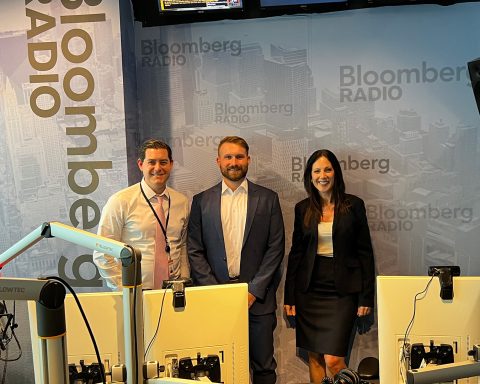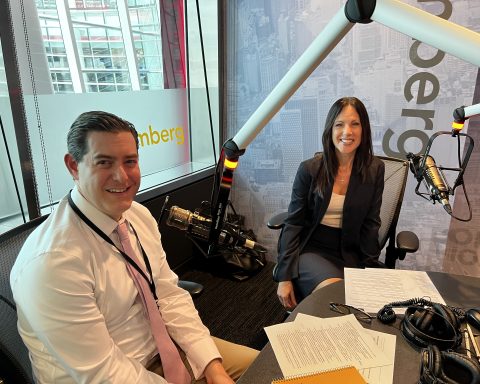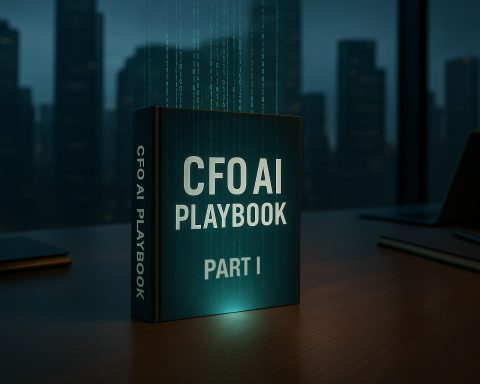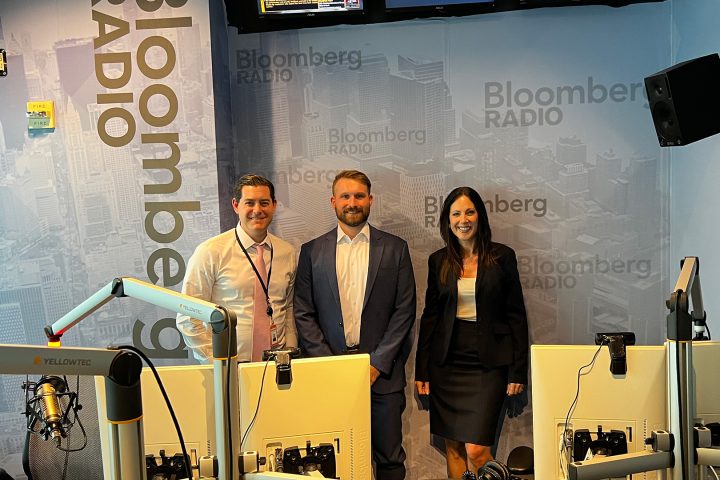After publishing The Illusion of Progress, The Erosion of Trust, a reader messaged me with a question that stuck:
“What do you see as the first step for leaders who are ready to reclaim their hiring process but feel trapped in the speed/scale hamster wheel?”
That question captured something real. Most leaders are not suffering from a lack of awareness and engagement. What they are is exhausted, drained by a system that has convinced them the only way to survive is to keep running faster.
This is the fourth editorial in an ongoing series examining the broken state of modern hiring, how trust eroded, discernment disappeared, and speed replaced strategy. Previous entries include The Great Talent Paradox, The Glass Cannon, and The Illusion of Progress, The Erosion of Trust.
Hiring has become a process of managing chaos at scale. The race for top talent has morphed into a race against time. Yet somewhere along the way, we lost sight of something essential: speed without accuracy does not lead to better hires. It leads to misalignment, turnover, and culture drift.
If you feel like you are stuck in a loop where more tools, more applicants, and more automation somehow keep delivering less clarity, less trust, and less performance, this editorial is for you.
This is not about overhauling systems or rejecting progress. It is about stepping off the loop long enough to ask what truly needs to change.
Why Drift Happens
In the past, hiring was close to the core of the business. The CEO often participated in final interviews. Department heads shaped job descriptions themselves. Each hire, especially in key roles, reflected the fingerprints of leadership.
Over time, that level of intimacy faded. Not from apathy or neglect, but through incremental decisions made in the name of efficiency. Delegation seemed like the responsible move, systems offered scale, and scale sounded like progress. As organizations expanded, so did the layers between decision-makers and candidates. Recruiters leaned on automation to manage volume. Hiring managers relied on recycled templates, and interviewing became asynchronous, filtered, and distant.
Drift does not announce itself; it accumulates. A job description gets copied instead of reimagined. A résumé is filtered out by software before anyone reads it. A final interview is skipped due to scheduling constraints because the algorithm already “scored” the candidate highly enough.
Eventually, leaders find themselves on the sidelines of the one process that most directly affects their company’s performance, reputation, and culture. The hiring process continues to operate, but without the vision and judgment that once guided it.
Why Leaders Step Back, and Why They Must Step In
Many leaders feel removed from hiring not by choice, but by design. Their schedules are packed. Their calendars are owned by other priorities. The process has become so systematized that it no longer requires their involvement.
They convince themselves that staying out of the way is helpful. Yet, when leaders fully disengage, hiring devolves into logistics. The organization fills seats, but it does not necessarily build teams. The absence of leadership presence means that nobody is consistently checking for cultural alignment, long-term growth potential, or mission resonance. What should be a strategic investment becomes a high-speed game of throughput.
This is where irony sets in. The more complex and fast-moving the hiring machine becomes; the more essential human judgment becomes. Systems can help you move quickly. People ensure you move wisely.
Reclaiming the process does not mean attending every interview. It means returning to the foundational conversations. These are discussions where direction is set, where role clarity is shaped, and where expectations are aligned. If you are absent from these touchpoints, then the outcomes will drift, sometimes subtly, sometimes irreversibly.
The First Step: Define the Real Need
Every hiring journey begins with the recognition of a gap. That realization often comes with urgency, yet rarely with reflection. Before a single résumé is reviewed or a job post goes live, the most important question must be asked: What problem is this hire solving?
This is not a question to delegate. It is a leadership question, one that invites discipline, context, and vision. Is the gap strategic, operational, or cultural? Is the need about adding capacity or about evolving capability? Are you looking for someone who will build, maintain, or transform?
Far too often, job descriptions are backward-looking. They describe what the last person did rather than what the next person should accomplish. They list activities instead of defining outcomes. Assumptions go unchallenged and the future remains blurry.
Strong hiring begins when leaders define success in future terms. Clarify what you want the role to achieve 90 days in, then design the hiring profile around that vision. This act of forward-facing definition changes everything. It eliminates noise, sharpens criteria, and re-anchors hiring in genuine business need.
Rebuilding Discernment into the Process
Today’s hiring systems excel at screening for consistency. They are built to reduce risk, remove inefficiencies, and create structure. These aims are valid, but they also create blind spots. When over-relied upon, these systems filter out complexity, context, and character, the very traits that matter most in a high-performing team.
To solve this, leaders must make space for discernment. Hiring decisions cannot be driven solely by inputs that are easy to measure. Judgment must be reintroduced as a core competency.
One way to do this is through storytelling. Ask candidates to describe how they solved a problem no template could anticipate. Whether submitted in writing or discussed in a live conversation, this kind of narrative assessment reveals far more than traditional Q&A formats. It exposes how candidates think, what they value, and how they manage ambiguity.
Discernment also requires leadership presence at key decision points. This might mean reviewing the final three profiles before an offer is extended. It might involve conducting a debrief after each hire to evaluate what signals were missing or what biases crept into the process. These actions do not need to be heavy or bureaucratic, but they do need to be intentional.
The goal is not to override the system. The goal is to ensure the system reflects the standards and culture you intend to scale.
The Right Kind of Scale
Leaders are often told that scale and discernment cannot coexist. They are warned that quality suffers when hiring slows, and speed collapses when quality takes priority. This binary thinking is both false and dangerous.
The truth is that scale without clarity is chaos. Real scale, durable, repeatable, values-driven scale, comes from clarity, not speed.
When your team knows what excellence looks like, they make better decisions without waiting for approval. When your recruiters understand the mission behind the hire, they screen with sharper intuition. When your company defines success in real, measurable terms, the system starts to work for you.
This is how scale becomes a multiplier rather than a limiter. Not by doing more faster, but by doing the right things with precision and purpose.
You do not need to read every resumé but you do need to ensure someone who understands your strategic lens is evaluating the ones that matter.
You do not need to lead every interview, but you do need to make sure your company is hiring with eyes open, values intact, and standards upheld.
Leadership Cannot Be Outsourced
Every leadership team eventually faces a pivotal question: Are we building the team, or just inheriting it?
Hiring is not just about resourcing work, instead, it is about defining the future of the organization. If you are disconnected from that process, then you are disconnected from the outcomes that shape everything from culture to customer experience.
This is not about micromanaging, rather it is about stewardship. Strong companies protect their hiring culture the way they protect their brand. They do not leave it to chance nor do they relegate it to automation. They show up.
The best systems in the world cannot replicate human discernment. The best systems can assist it and amplify it. Yet, they cannot replace the leader’s role in seeing what software cannot.
Final Thought: Slowing Down Is a Strategic Choice
The hiring engine will not slow down on its own. The demand will remain high. The candidate pools will remain global. The pressure to accelerate will continue to intensify.
That is why the decision to slow down, re-engage, and lead with intention must be made by you.
Show up early in the process. Ask the better questions. Define the real win before a single résumé is reviewed. Create moments where story matters more than structure. Step into the quiet leadership spaces where teams are shaped, not just filled.
You do not have to change everything overnight. You only need to be present at the points where everything begins.
Those are the moments that define not just your team, but your trajectory.
























